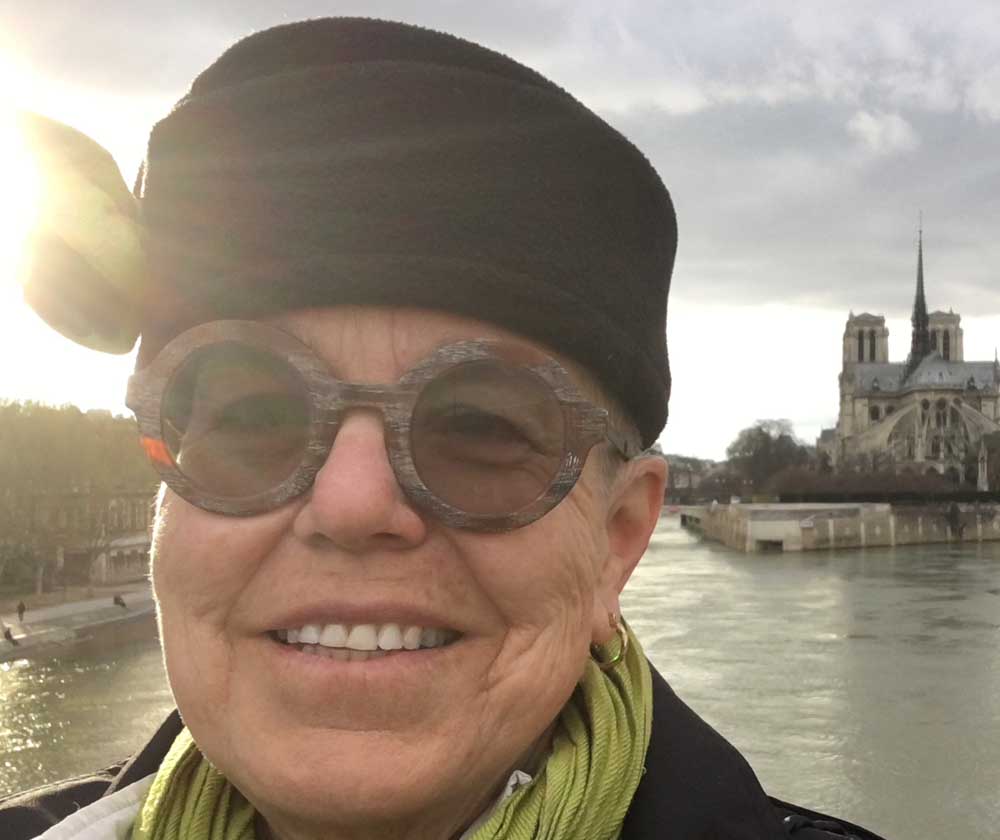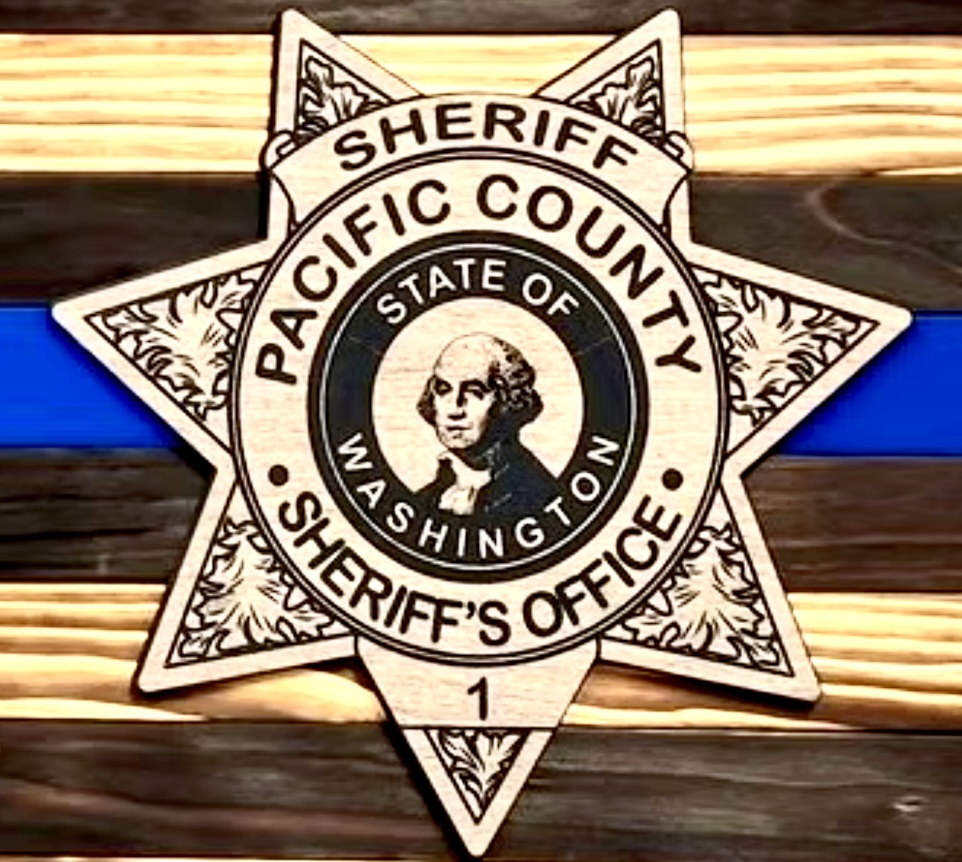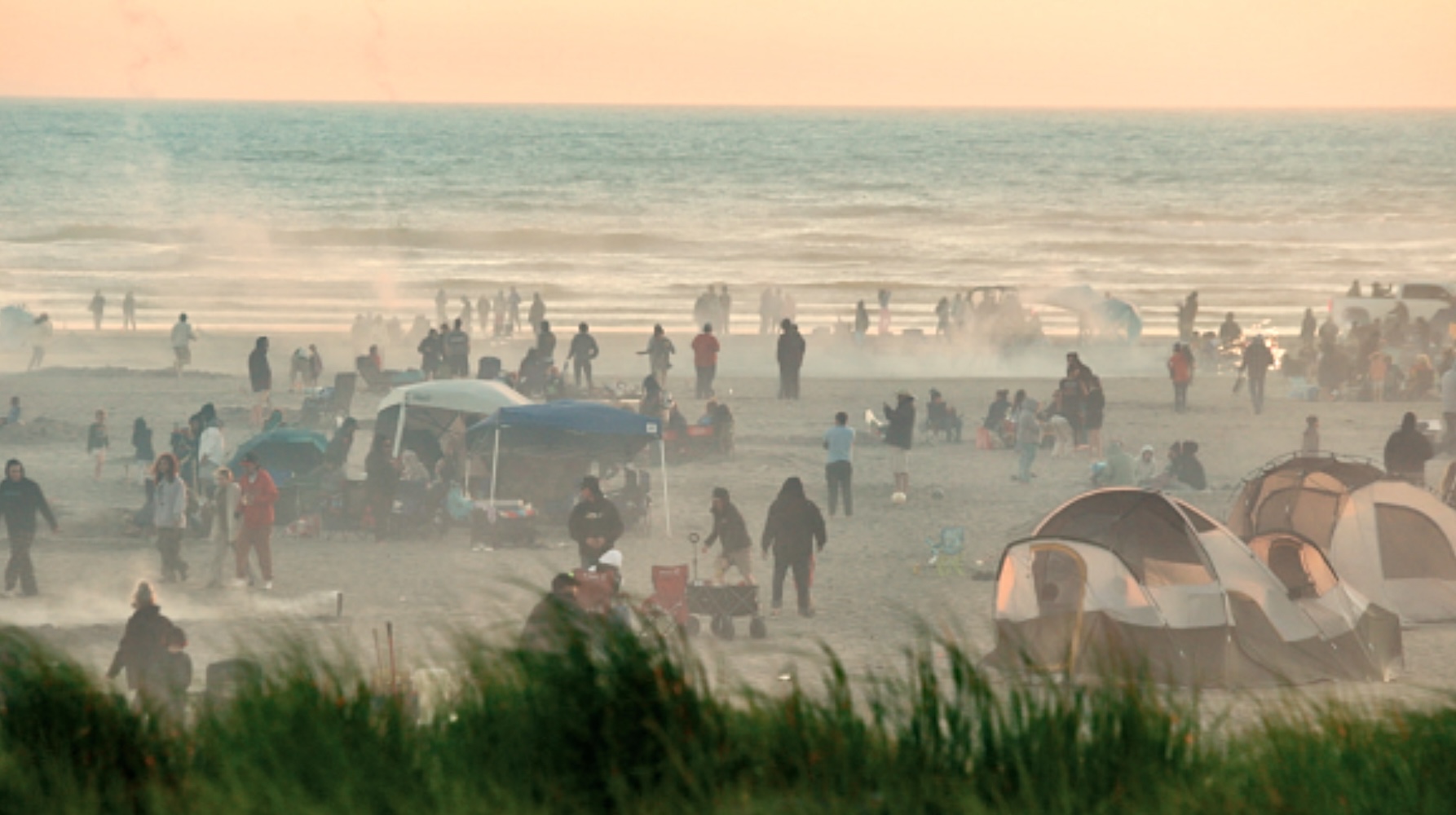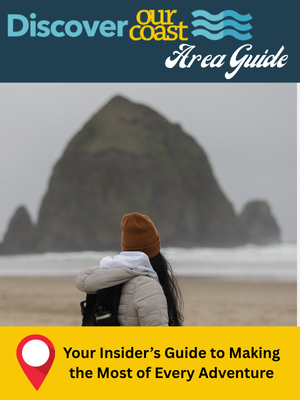Coast Chronicles: Rivers I have known
Published 8:54 am Monday, September 2, 2024

- One of the most spectacular sights on the Seine: Notre Dame on the 27 acre Île Saint-Louis.
Decades ago with friends at one of my favorite breakfast spots in Oakland, California (with a Reggie Jackson carb special in front of me: pork chop, grits, two eggs over easy, toast, and hash browns), I discovered that all of us had grown up with rivers.
What did this mean? Were we kinder, more joyful, more adaptable, able to connect better with others? All I knew is that we had a kinship: we liked each other and seemed to have the same values and sensibilities. All these many years later, I’m wondering if it was because of the rivers.
It’s the water: the Yakima River
There is, we know, something special about water or we would not be on the Long Beach Peninsula — basically an island surrounded by all the best varieties of water: the ocean; the bay; the bay-feeding rivers; and the grandest river of all, the Columbia. But of these, I think my closest connections are to those restless, wandering, changeable rivers. In the Tarot, there are four suits, and one of them — cups — represents water and emotions: their depths, how they spark creativity, something that has always been a leading factor in my life. So, herewith, a reminiscence of rivers I have known — a partial list.
I grew up playing in the Yakima River. Dad fished, mom (I suppose) kept a look-out and readied picnic fare while Starla and I in old tennis shoes waded in the reedy side-streams trying in that age-old childhood fashion to dam the river with rocks. Whole afternoons were spent in this way — Starla and I like little savages, muddy and topless (this long before worries about skin cancer).
I grew up playing in the Yakima River. Dad fished, mom (I suppose) kept a look-out and readied picnic fare while Starla and I in old tennis shoes waded in the reedy side-streams trying in that age-old childhood fashion to dam the river with rocks.
Some days we’d drive to Union Gap where the Yakima River cuts through Ahtanum Ridge, the southern boundary of hills that demarcates the valley. Here where the Yakima, now joined by the Naches River, spreads out and meanders Yakama Nation fishermen stood on wooden platforms built over the water netting or gaffing salmon struggling upstream to spawn.
When Starla and I were still pre-adolescent, our folks purchased a 1940s cabin on the Naches River, and we continued our adventures: wading in the icy waters and building forts along the shore between the towering deeply-grooved cottonwoods and leafy willows. Once we even strung rope between two pulleys along the riverside and sent clothes-pinned notes back and forth to each other over the standing waves. Dad would get up early on weekends and return with enough trout for breakfast — Dolly Varden, Rainbow, Bull trout, or steelhead — so fresh they’d curl up the minute they hit the hot pan.
In the fall the spawning salmon made their journey all the way to our cabin, and we watched transfixed as they flopped, flipped, and wiggled their way upstream over the mossy, slippery rocks. When the Mighty Columbia was tamed by dams in late ‘50s, we lost our connection to the salmon cycles. We never saw them in our river again. (Now crossing the Megler, when I see all the fishing boats, I think of the salmon’s long journey ahead and wonder how they’ll make it through this gauntlet — only the first of many barriers they must surmount.)
The Little Naches
As a teenager, I was an avid camper. Many friends and I spent summers at Camp Roganunda, then a campfire girl hangout, just up the road from our cabin. I might have been personally responsible for decimating the population of leopard frogs in Swamp Creek which runs through camp. I’d bring them back to Yakima, in a #ten tin from the camp kitchen, where they’d inevitably escape into the Yakima Valley desert to a no doubt crispy end, or (and not just one or two) get loose in the house never to be seen again. (Sorry, mom.)
Those teen years were full of hiking: parts of the Pacific Crest and trails beside the Naches, the Little Naches, and Bumping Lake; or with a West Seattle friend (now an award-winning photographer, Stephanie Ames) in the Olympics. Here my favorite was the stunningly cold, pearly blue Dosewallips River. Its waters come directly off the Olympic Mountains’ snow pack and glaciers, and that spectacular color is a mix of crystal clear water and fine glaciated silt.
The wanderer
Inevitably, curious kids must leave home: both Starla and I headed to Pennsylvania for college. Dad’s 10 siblings were clustered around the tiny town of New Oxford, Pennsylvania. We wanted to get to know his home territory and the Gable side of the family, so we both spent four years on that other coast delighting in subs, scrapple, and field hockey.
For me, this also meant another river relationship, this time with the Schuylkill River which runs right through Philly. University of Pennsylvania, my chosen East Coast alma mater, has long traditions, but unfortunately “Skimmer Day,” born in 1949 — a regatta on the river when everyone gathers with classic straw hats and adult beverages — was experiencing its last gasp. (The tradition ended in 1973, though it was reborn in 2011.)
Losing Skimmer during my college years didn’t stop me from enjoying the river. I’d ride my funky bicycle to the Philadelphia Museum of Art and, after wandering through the exhibits, picnic on the Schuylkill. How I traversed the West Philly slums, a dicey neighborhood in the ‘70s, is still remarkable to me. I guess just being a silly white kid, a local yokel from a rural apple county kept me safe.
The Umpqua
A child who leaves home occasionally returns; and during my 20-year stint in Berkeley, California, my sojourns up and down the coast resulted in more river encounters.
Oregon’s Umpqua is one of my favorite coastal rivers. It glides along Interstate 5 and, near Seven Feathers Casino, the south fork spreads out and slips over large flat rocks where you can pull off the highway and get back on easily. Then take a swim — on a hot trip north, what a pleasure!
The Umpqua’s 111 miles, know for its shad and bass fishing, drains the watershed west of the Cascades and south of the Willamette Valley. On the picturesque byways along its north and south arms, you’ll find massive trees, tucked away cabins, and less-traveled blue highways. It empties into Winchester Bay, also a fantastic destination.
Other environs
I didn’t venture over the Big Water until later in life. But in those years, France drew me to its multiple river systems. Their nation, perhaps because it matured when rivers were the primary sources of power, had the wisdom to designate state boundaries based on watersheds — none of these crazy 640 acres squares that cut across rivers and disregard natural environmental synergies that we use to manage our vast lands in the U.S. of A. In France, every “department” (their name for states) has responsibility and, therefore, the authority to manage its own river watersheds. Each department is named for its major river.
In the past 30 years, I’ve explored the 483-mile Seine, running through Paris with its 37 city bridges. This summer’s Olympics gave it the attention it deserves as an actual river. It was cleaned up and became the first urban waterway to host swimming events since the 1896 Olympics. Another of my French faves is the Saône; I’ve written a sonnet dedicated to its misty banks.
Home waters
I also lived for awhile in Pittsburgh where the Allegheny and Monongahela Rivers join the Ohio, which goes on to feed the Mississippi River. And, of course, Portland is the site of the joining of the Willamette and the Columbia Rivers … which brings us back to our beloved home waters.
How lucky we are to live where we can experience all the benefits water provides: cooler weather, gifts from the sea, beautiful landscape, and bragging rights. I may be biased but how could there be a more beautiful state than Washington? We’ve got it all, and our rivers, in my humble opinion, are some of the best.
So let’s not let our water systems fade into the background of where we live. Let’s lift them up in our consciousness, support their sustained good health as they support ours.









